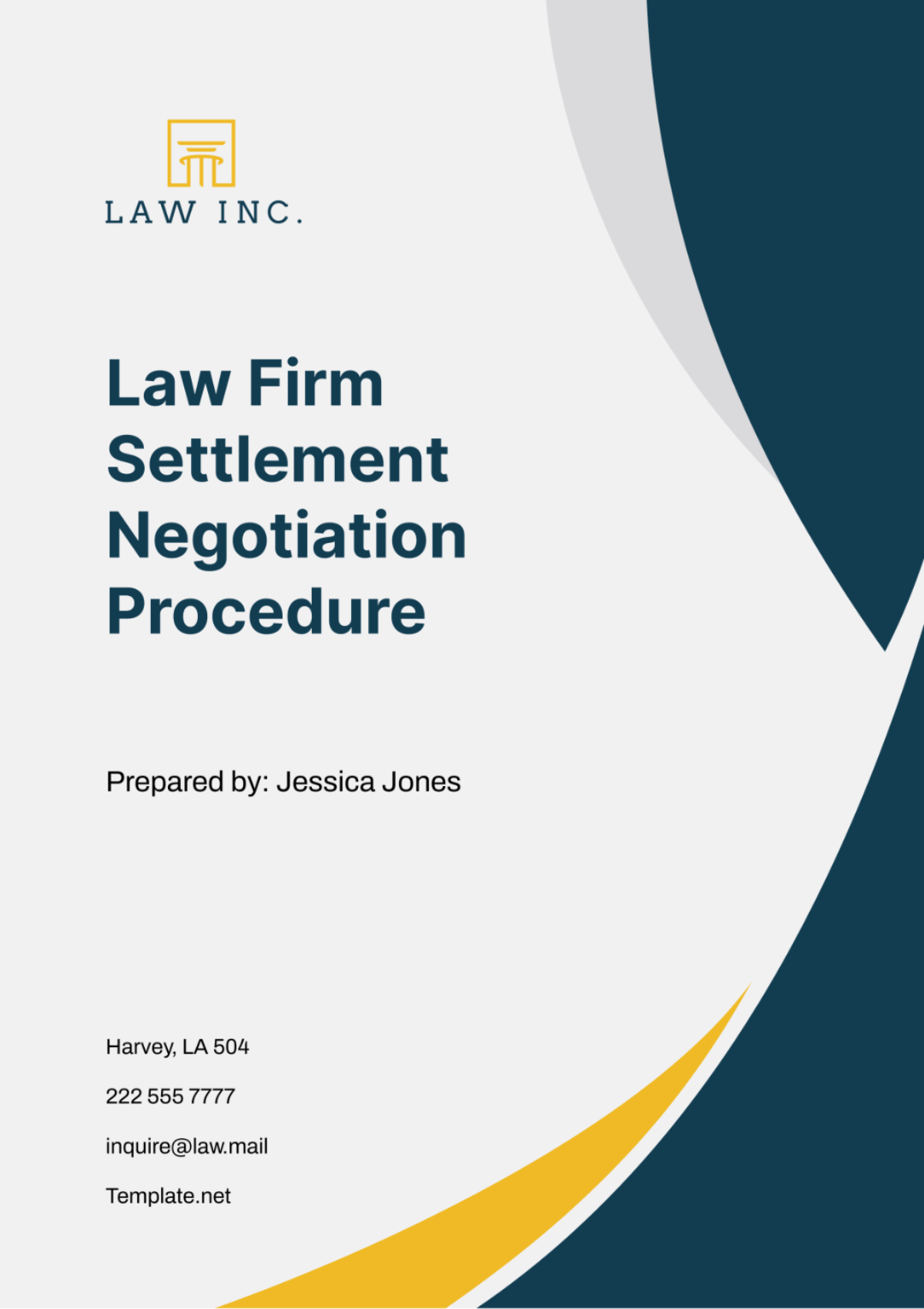Free Law Firm Settlement Negotiation Procedure
Streamline your legal proceedings with Template.net's Law Firm Settlement Negotiation Procedure Template. This fully editable and customizable framework grants significant flexibility and efficiency, editable in our AI Editor Tool. Elevate your negotiation strategies, solidify client confidence, and achieve more favorable outcomes. Invest in the future of your law firm, empower your team with resources designed to win. Embrace the exceptional, only with Template.net.






























